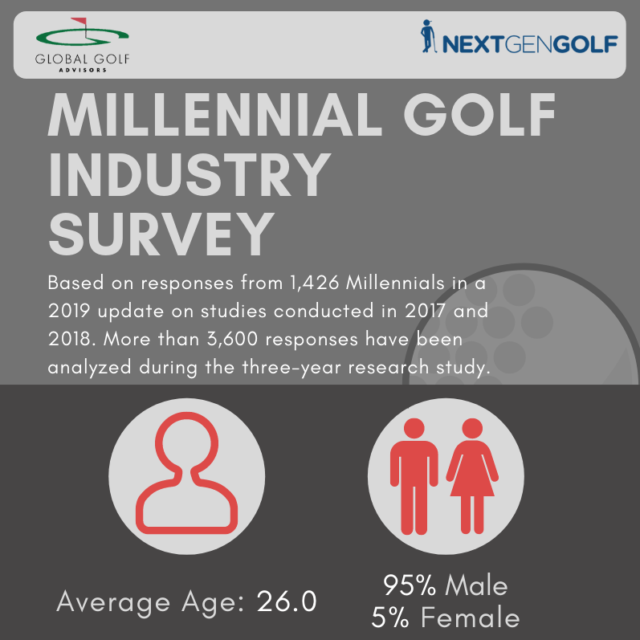Today, many club members are less inclined to splurge on a new set of clubs and more likely to allocate their time and money to sharing an experience with their friends and family. Not only are experiences ‘trending’, the experience economy is booming.
The economics are simple: people are spending more on doing stuff and less on buying stuff.
Consumers have recognized that sharing experiences with others generates a stronger and longer-lasting sense of happiness than buying a product does; for businesses this requires an approach to services which is more relational than transactional, more qualitative than quantitative.
This shift in demand creates a tremendous opportunity for clubs, because membership clubs are perfectly situated to capitalize on servicing the experiences of their members.
Here are nine tips to help clubs deliver experiences that are unforgettable for members:
1. Be mindful of when the ‘experience’ starts.
In many cases the experience may begin long before members are at the Club, or even before they have become members.
How your members become aware of the experience, the way they register or sign-up for it, the message they receive confirming their registration, a reminder or additional information they may receive about it, the availability of parking on the day, and the ambiance of their arrival at the Club are all contributors to the experience as a whole and the customer’s memory of it.
2. Use technology to create the feeling of a meaningful relationship.
The aim is to establish the sense of a one-to-one relationship between the club and the member, both offline and online, making the member feel known, welcome, and expected.
Understanding of their preferred methods of communication, their drink preferences or dietary restrictions, and, of course, knowledge of their name plays into the experience. Unless you have a superhuman ability to track this information mentally, let technology do the work for you.
3. Great experiences can be simple.
Remember that, in the experience economy, the commodity is happiness.
Experiences need not be expensive, elaborate, comprehensive, or enduring to generate fulfillment for members. Rather they need to be genuine and encourage socialization and relationship-building with others. In fact, research suggests that many consumers see experiences as affordable indulgences rather than major expenditures.
4. Food and Beverage is an easy place to start enhancing experiential offerings.
Members are increasingly interested in food and beverage experiences such as niche-based events for a small, targeted group of members. Examples might include wine tastings, whiskey samplings, trialing cigars, nine-and-dine type of events, or ‘dinner with the chef’ or ‘dinner in the kitchen’.
The key to ensuring these drinking and dining experiences deliver experiential value to members is to focus on facilitating interaction and engagement rather than the food product. In the case of wine and whiskey tasting, the value is not in the consumption of alcohol but rather in the shared experience of trying new things with companions. For ‘dinner with the chef’ the value is tied to the sense of exclusivity, intimate dining, and the feeling of having gotten something ‘extra’.
5. Lifestyle experiences are increasingly important in the experience economy.
Member interests are trending toward a desire for clubs to provide lifestyle experiences as opposed to continually new and upgraded amenities and facilities.
Members are seeking to define themselves by how they live versus what they own and they want customized, unique experiences. In particular, experiences relating to ‘off-site’ outings and excursions, travel and adventure, whole-family experiences, and the Club becoming a ‘home-away-from-home’ are becoming more and more common.
6. Stand out from the pack of local experiences.
Turn to your club’s most recent market research, as well as anecdotal data from fellow managers, to inventory which experiences other clubs around you are offering.
Assess which events are commonly hosted among a variety of competitors, then be bold and take a creative approach by doing something different. If your market is focused on experiences for adults, there may be an opportunity to pioneer an unmatched children’s experience.
7. Know when to cast a wide net.
It’s important to know when to focus on a niche group (for optimal satisfaction) versus a broad group (for maximal attendance). When trialing something new or adventurous for the operations team, cultivate experiences that: (a) draw from multiple sources of revenue such as admission or registration fees, food and beverage sales, transportation costs, or ancillary dues/fees (if it’s related to a club-within-the-club), and (b) appeal to multiple demographic segments such as adults, families, teens, and young-professionals.
8. Track, monitor, and evaluate experience metrics.
Key metrics which clubs should be tracking to make informed assessments regarding the experiences they offer include:
- Satisfaction with the experience
- Willingness to recommend the experience to others (Net Promoter Score)
- Utilization or attendance
- Value-for-money perceptions
Most of these can be tracked through member surveys, rolling Net Promoter Score surveys, spot polls, automated follow-up surveys, or through web analytics regarding which marketing emails or event promotions were most clicked, most shared, or generated the most conversion to attendance.
The goal here is to track metrics consistently over time and across experiences in order to compare performance and effectiveness.
9. Embrace that what qualifies as ‘unforgettable’ varies from member to member, but recognize that what constitutes ‘unforgettable’ remains the same.
We all want our experiences to be unique. However, behavioral scientists are suggesting that consumers are less likely to compare experiential purchases than they are material products. If the commodity is happiness, the happiness one member receives from a certain experience does not diminish because another member was happy with their separate experience.
This means that a golf trip to St. Andrews may be as rewarding an experience for one member as attending a 70’s themed father-daughter dance might be for another. In each case the object of happiness is different, however the happiness they experienced and shared with others – and are now sharing with one another – is the same.
This article was authored by GGA Manager and Member Satisfaction expert Bennett DeLozier.
